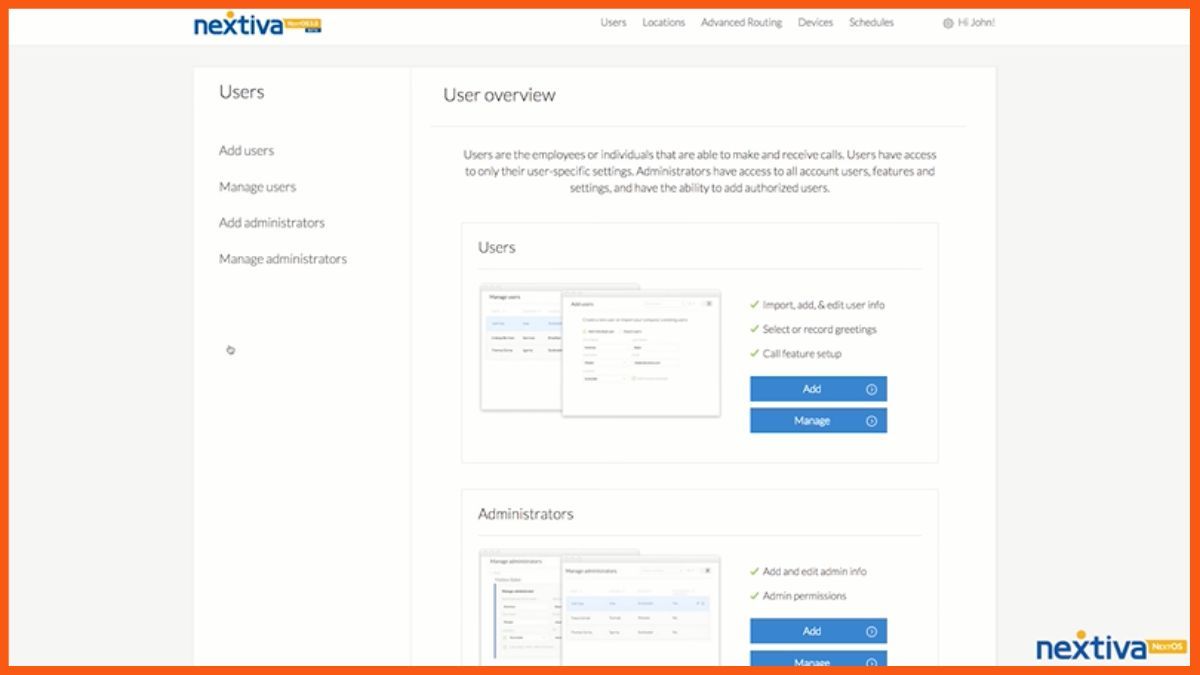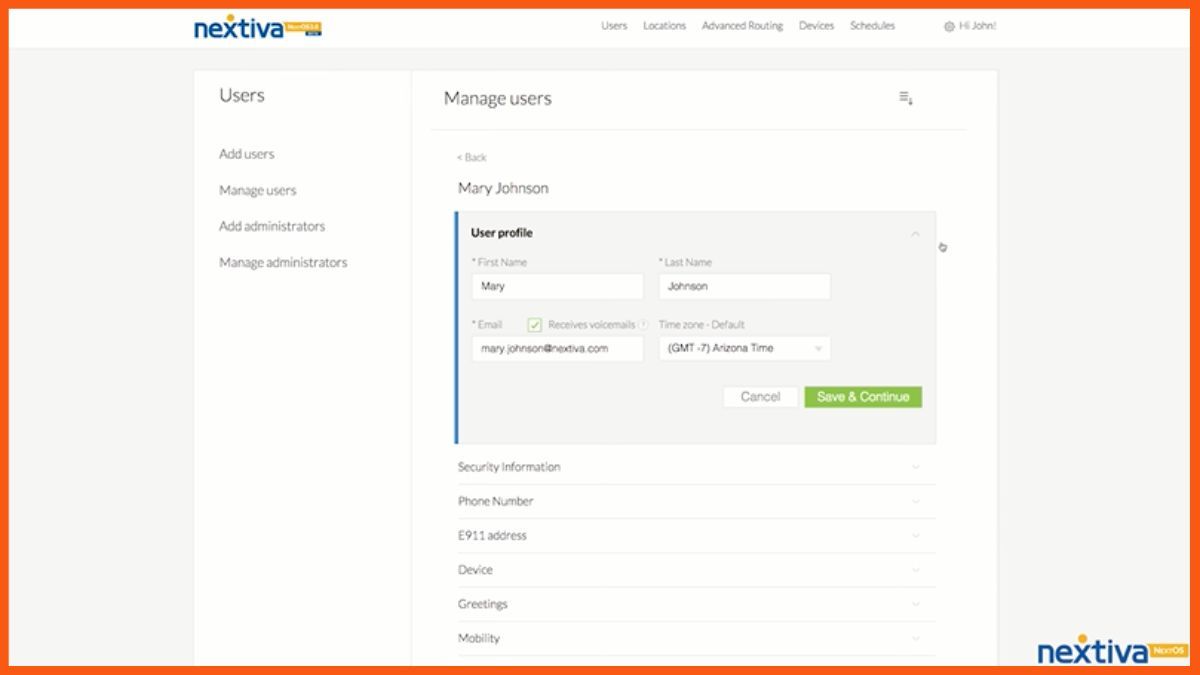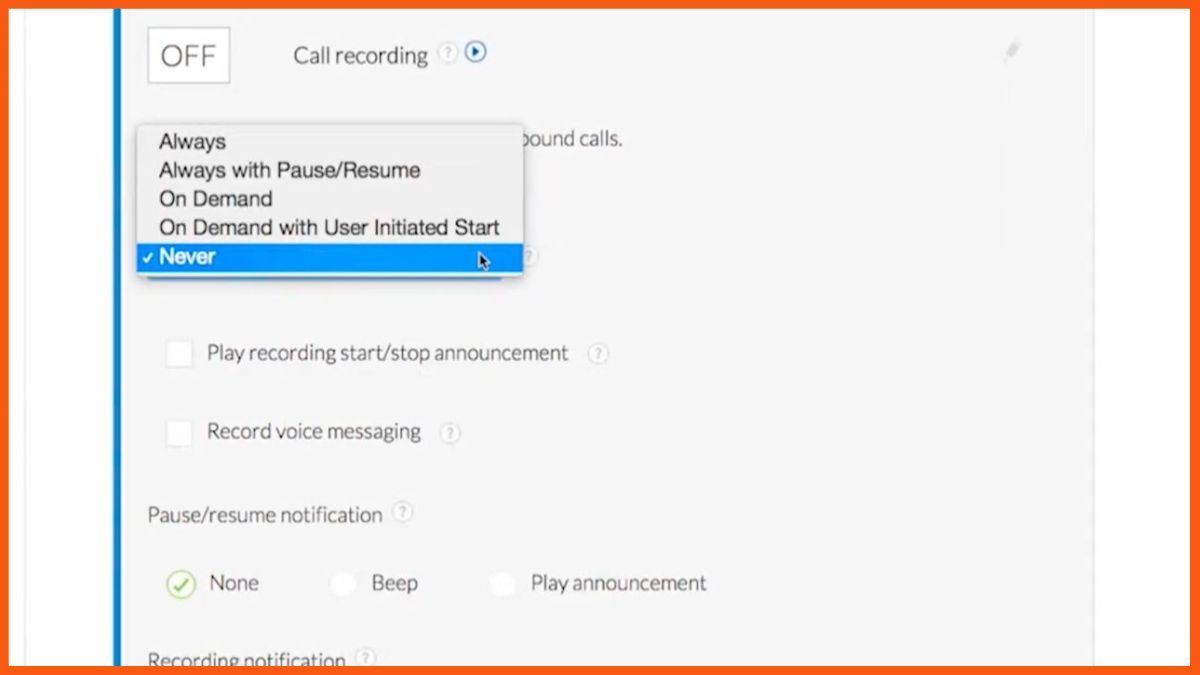Investing in a software-as-a-service (SaaS) startup can be a lucrative opportunity for those looking to diversify their portfolio and support innovative companies. SaaS businesses provide subscription-based access to software over the internet, rather than traditional one-time purchases or licensing. This business model allows for recurring revenue streams and the potential for long-term growth. However, it’s important to thoroughly research and evaluate the potential risks and rewards before making any investment decisions.
Investing in a SaaS startup can be risky, but it can also be very rewarding. By choosing a strong, well-established company, you can set yourself up for long-term success and potentially earn a significant return on your investment.
In this article, we will explore some key considerations for investing in a SaaS startup, including the market landscape, financial performance, and management team. This article is exactly about that. We will go top to bottom about everything that one needs to know before investing in a SaaS startup.
What Is a SaaS Startup?
Things to Know Before Investing in SaaS
How SaaS Is Different From Other Startups
The Business Model of a SaaS Startup
Growth and Potential
Best Practices Before Investing
What Is a SaaS Startup?
A SaaS (Software as a Service) startup is a company that offers a software application on a subscription basis. Instead of purchasing the software outright and installing it on their own computers or servers, customers pay a recurring fee to access the software over the internet. This business model allows customers to use the software on a pay-as-you-go basis, without having to make a large upfront investment in hardware or IT infrastructure. SaaS companies typically host the software on their own servers and provide access to it through a web browser or other means. Some examples of SaaS startups include cloud-based productivity tools, customer relationship management platforms, and e-commerce platforms.
Things to Know Before Investing in SaaS
If you are considering investing in a SaaS (Software as a Service) startup, it’s important to understand some key aspects of the business model and the industry. Here are some things to consider
Business model: SaaS companies typically sell subscriptions to their software, rather than selling it as a one-time purchase. This means that the company’s revenue is generated from ongoing customer payments, rather than from upfront sales.
Target market: It’s important to understand who the company’s target market is and whether there is a large enough demand for the product.
Competition: It’s also important to understand the competitive landscape and how the company’s product compares to its competitors.
Growth Potential: Look for signs that the company is growing quickly and sustainably, such as a growing customer base and increasing revenue.
Team: Consider the quality and experience of the company’s management team and its ability to execute its plans.
Financials: Review the company’s financial statements to get a sense of its financial health and future potential.
Risk: As with any investment, it’s important to consider the potential risks involved. These may include technological risks, competitive risks, and regulatory risks, among others.
It’s also a good idea to seek the advice of a financial advisor or professional before making any investment decisions.
How SaaS Is Different From Other Startups
Even though these sorts of startups are also startups and they too become unicorns, there are some inherited differences between these. There are several factors that make SaaS startups different from regular startups
Business Model
SaaS startups typically operate on a subscription-based business model, where customers pay a recurring fee to access the product or service. This is different from traditional startups, which may sell products or services on a one-time basis.

Customer Acquisition
SaaS startups often rely on digital marketing and sales tactics to acquire customers, while traditional startups may rely more on traditional marketing and sales methods.
Customer Retention
SaaS startups typically have a higher customer retention rate due to the recurring nature of their subscription model. Traditional startups may have more fluctuation in customer retention due to one-time purchases.
Revenue streams
SaaS startups often have steadier revenue streams due to their recurring subscription model, while traditional startups may have more unpredictable revenue streams.
Scalability
SaaS startups are often more scalable than traditional startups due to their ability to easily add new customers through their subscription model.
Overall, SaaS startups differ from traditional startups in their business model, customer acquisition and retention tactics, revenue streams, and scalability.
The Business Model of a SaaS Startup
A business model is a way a company generates revenue and profits by selling products or services to its customers. It outlines the different elements of the company’s operations, including its target market, marketing and sales strategies, and financial projections. Business models can vary widely depending on the type of industry and the specific needs of the company. Some common business models include subscription-based models, pay-per-use models, and freemium models.
There are several factors that you can consider when evaluating the business model of a SaaS (Software as a Service) startup
Revenue Streams
A SaaS startup typically generates revenue through subscription-based pricing models, where customers pay a recurring fee to access the software. Look for a startup with multiple revenue streams, such as upsells and cross-sells, as this can increase the overall stability of the business.
Customer acquisition costs
It is important to consider the costs associated with acquiring new customers, as these costs can impact the profitability of the business. Look for a startup with a high lifetime value (LTV) to customer acquisition cost (CAC) ratio, as this indicates that the company is generating a high return on investment for each customer it acquires.

Churn rate
The churn rate is the percentage of customers who cancel their subscriptions over a given period of time. A high churn rate can be a red flag, as it indicates that the startup is having difficulty retaining customers.
Scalability
Look for a SaaS startup with a scalable business model, meaning that the company can easily expand its customer base and increase revenue without incurring significant additional costs.
Market demand
Consider the size and growth potential of the market in which the startup operates. A startup with a product or service that meets strong demand in a growing market is more likely to be successful.
Competitors
It is also important to consider the competitive landscape in which the startup operates. A startup with a unique value proposition and a competitive advantage over its competitors is more likely to succeed.
Growth and Potential
The growth and potential of a SaaS startup are determined by a variety of factors, including market demand, competitive advantage, customer acquisition and retention, financial stability, and scalability. Companies that are able to effectively address these factors are more likely to experience growth and success. For example, a SaaS startup with a unique product that addresses a specific need in the market and has a strong customer acquisition and retention strategy is more likely to experience growth than a company with a generic product and poor customer service. Similarly, a SaaS startup with a strong financial foundation and the ability to scale its operations is more likely to experience growth than a company with weak financials and limited scalability. Overall, the growth potential of a SaaS startup is largely dependent on its ability to effectively address the key factors that drive growth in the industry.
There are several factors that can be considered when evaluating the growth potential of a SaaS Startup
Market Size
A large and growing market can provide a strong foundation for the company’s growth. Look for a market that is large enough to sustain the company’s growth over the long term.
Product-market Fit
Does the company’s product or service solve a real problem for its target market? A product that meets a strong customer need is more likely to experience growth.
Competitors
Analyse the competitive landscape to understand the company’s position in the market. A company with a unique value proposition and minimal competition is more likely to experience growth.
Pricing
Consider the company’s pricing strategy and whether it is sustainable over the long term. A company that charges a higher price for its product or service may have more room for growth than one that charges a lower price.
Customer Acquisition Cost
Look at how much it costs the company to acquire new customers. A company with a low customer acquisition cost is more likely to be able to scale its business.
Customer Retention
High customer retention rates can be a sign of a strong product or service. A company with a high retention rate is more likely to experience growth.
Revenue Growth
Look at the company’s past revenue growth to get a sense of its potential for future growth. A company with a history of strong revenue growth is more likely to continue growing in the future.
Overall, it is important to consider a variety of factors when evaluating the growth potential of a SaaS startup.
Best Practices Before Investing
While the best practices that you can follow before choosing a SaaS startup to invest in can be a lot easier than it looks. As a rule of thumb, you can look for these check pointers in any Startup that uses software as a service.
Financial Stability: Look for a company with a strong financial track record, including steady revenue growth and profitability.
Customer Base: Look for a company with a diverse and growing customer base, as this can indicate a strong demand for the company’s products or services.
Product Differentiation: Consider whether the company’s products or services stand out from the competition, as this can be a key factor in attracting and retaining customers.
Management Team: Look for a company with a strong and experienced management team that is capable of executing the company’s business plan and driving growth.
Scalability: Consider whether the company’s products or services can be easily scaled to meet the needs of a growing customer base.
Market Opportunity: Consider whether the company operates in a growing market, as this can provide a strong foundation for long-term growth.
Intellectual Property: Look for a company that has strong intellectual property protections, such as patents or trademarks, to help protect its products or services from competitors.
Exit Strategy: Consider whether the company has a clear exit strategy, such as an IPO or acquisition, as this can help you maximize your investment returns.
Conclusion
Investing in a SaaS startup can be a lucrative opportunity, but it also carries its own set of risks. It is important to thoroughly research the company and its business model before committing any funds. Look for a company with a clear mission and vision, a solid customer base, and a track record of success. Additionally, be sure to consider the financial stability of the company and its ability to generate steady revenue streams.
Just remember to do your due diligence and weigh the pros and cons before committing any funds. With the right approach, investing in a SaaS startup can be a smart move that pays off in the long run.
FAQ
How do I fund a SaaS startup?
The four types of SaaS funding are as follows
- Venture capital
- Angel investment
- Incubators/Accelerator
- Revenue-based financing & MRR Lines
Why SaaS is a good investment?
SaaS software lives online and there is no physical product to manage, ship, store, and manufacture. That significantly reduces the time, cost, and manpower required. That allows SaaS businesses to launch with less capital and increases their profit margins.
Why is SaaS so profitable?
SaaS companies tend to have low churn and high renewal rates, resulting in high customer lifetime values with a good sales team selling a product that works should be able to generate customer retention rates above 90% and revenue retention at or above 100%.
What percentage of SaaS startups succeed?
Over 90% of SaaS startups fail, only 35% get past the 10-year mark, and only 40% of these ever become profitable. To avoid product failure a good product positioning helps achieve customer fit and reduces customer dissatisfaction.


























